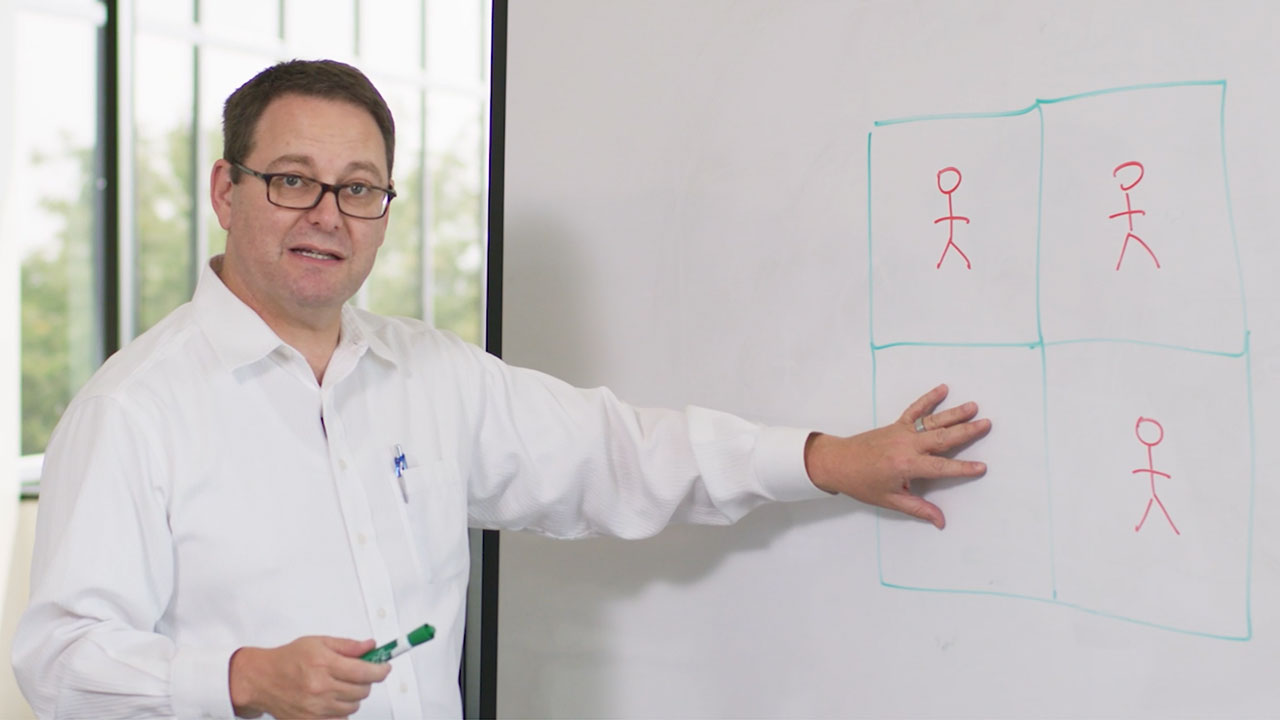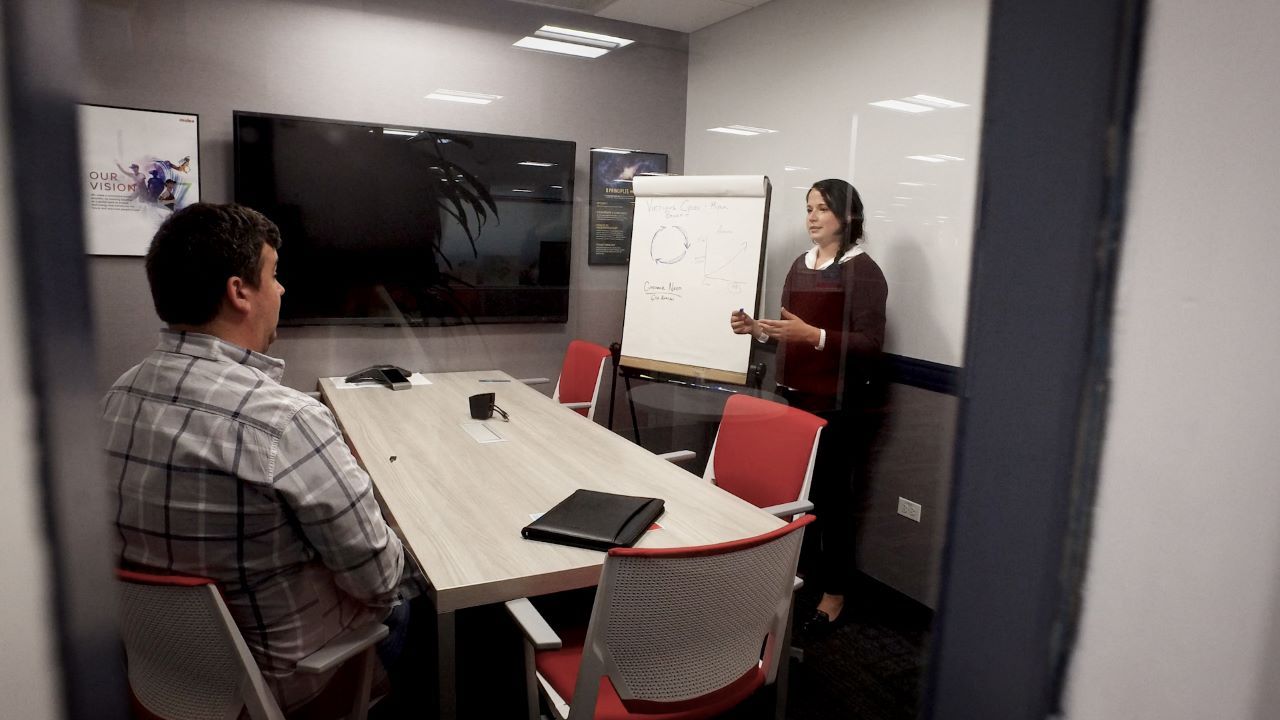Principio en resumen
A fundamental principle of human progress is the division of labor by comparative advantage and the resulting increase in cooperation. Specialization by comparative advantage with voluntary exchange and teamwork is much more effective at satisfying people's needs than any other form of organization.
Employees have a comparative advantage in a group when they can perform an activity at a lower opportunity cost than others. For example, selling is typically a comparative advantage of successful salespeople, even though they may also be very good at sales analysis. This gives sales analysts a comparative advantage at doing analysis, even when they are not as proficient at it as outstanding salespeople. Employees and groups who take account of their comparative advantages (not just competitive advantages) contribute more, thus are more successful.
In staffing, this principle calls for each of our organizations to begin with a clear vision of what capabilities are needed for making the greatest contribution. Contribution-motivated individuals with the optimal diversity of talents and interests can then be selected to build the needed capabilities.
Roles and responsibilities are designed not only to fit each employee’s talents and interests but in relation to the roles and abilities of other employees in a way that optimizes the group’s overall performance. This is accomplished through an ongoing dialogue between employees and supervisors with assistance from others. It includes supervisors giving employees frequent, honest feedback to help them understand their performance and how to increase their contribution. It is also essential that supervisors solicit feedback from employees regarding what would enable the employee, the supervisor and the group to improve.
Because conditions and people are always changing, roles and responsibilities need to be continually reassessed to maximize each individual’s contribution and the organization’s overall performance. When an employee leaves, is added, or changes roles, responsibilities throughout must be re-evaluated.
One way everyone can contribute is by identifying potential employees who would strengthen their team and other parts of Koch. A beneficial division of labor by comparative advantage requires a diversity of employees who are contribution motivated and have a variety of aptitudes or skills that will increase our ability to profitably expand our current businesses, solve existing or anticipated problems, or capture new opportunities.
Entiéndelo mejor
Ejemplos
Comprender los malentendidos comunes sobre la ventaja comparativa puede ayudarlo a evitarlos.
- ¿Lo mismo que las fortalezas?
- ¿Puede cambiar?
Pruébalo
El poder de estos principios ocurre a través de la aplicación. No hay sustituto para aprender a medida que aplicas.
- Encuentre su propio ejemplo de división del trabajo por ventaja comparativa (considere los eventos actuales, los deportes y su propia experiencia personal). Compártelo con tu equipo.
- Hable con su supervisor sobre sus responsabilidades actuales. ¿Cómo reflejan sus responsabilidades y esfuerzos su ventaja comparativa entre el equipo? ¿Deberían ajustarse?
- Reflexiona sobre los últimos 6-12 meses. ¿Qué cambios han afectado a su ventaja comparativa (o a la de un miembro del equipo)? Discute tus pensamientos con tu supervisor.
- Haz una lista de las responsabilidades clave de todo tu equipo. Discuta las posibles variaciones de quién podría trabajar en qué. ¿Podría el equipo crear más valor organizando el trabajo de manera diferente?
- ¿Cuáles son algunas de las cosas que están sucediendo ahora o en el futuro que podrían cambiar la ventaja comparativa de una o más personas en el equipo?
- Teniendo en cuenta los ejemplos anteriores, ¿has experimentado estos malentendidos comunes? ¿Por qué son comunes estos malentendidos? ¿Cómo los superamos?

